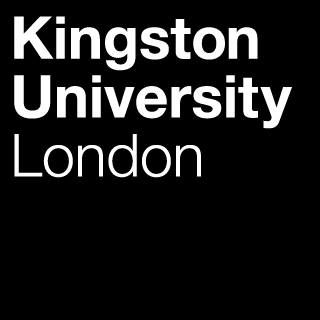Crowther, David, Wilkinson, Toby, Biddulph, Phillip, Oreszczyn, Tadj, Pretlove, Stephen and Ridley, Ian (2006) A simple model for predicting the effect of hygrothermal conditions on populations of house dust mite 'Dermatophagoides pteronyssinus' (Acari: Pyroglyphidae). Experimental and Applied Acarology, 39(2), pp. 127-148. ISSN (print) 0168-8162
Abstract
A simple mite population index (MPI) model is presented which predicts the effect on house dust mite populations of any combination of temperature and relative humidity (RH). For each combination, the output is an index, or multiplication factor, such that 1.1 indicates 10% population growth and 0.9 indicates 10% population decline. To provide data for the model, laboratory experiments have been carried out using lab cultures of Dermatophagoides pteronyssinus. The population change was observed for mites held in steady-state conditions at different combinations of temperature and RH over 21 days. From the results, a best-fit equation has been derived which forms the basis of the MPI model. The results also enable a new term to be defined: the Population Equilibrium Humidity, PEH, the RH for a given temperature at which house dust mite populations neither grow nor decline. It is similar to Critical Equilibrium Humidity, the RH below which house dust mites are unable to maintain water balance, but relates to a population of mites (rather than a physiological phenomenon) and is more able to take account of the observed effects of extremes of temperature and RH. Compared with previous population models, the MPI model is potentially more accurate and comprehensive. It can be combined with other simple models (described in previous papers), such as BED, which simulates the average hygrothermal conditions in a bed, given room conditions, and Condensation Targeter II, which simulates room conditions given a range of easily obtainable inputs for climate, house type and occupant characteristics. In this way it is now possible, for any individual dwelling, to assess the most effective means of controlling mite populations by environmental means, such as by improving standards of ventilation and insulation, or by modifying the occupant behaviour that affects the hygrothermal environment within a dwelling. Although the MPI model requires further development and validation, it has already proved useful for understanding more clearly how the different hygrothermal conditions found in beds and bedrooms can affect mite populations. It has also demonstrated that there is considerable scope for controlling mites by environmental means in cold winter climates such as the UK.
Actions (Repository Editors)
 |
Item Control Page |
